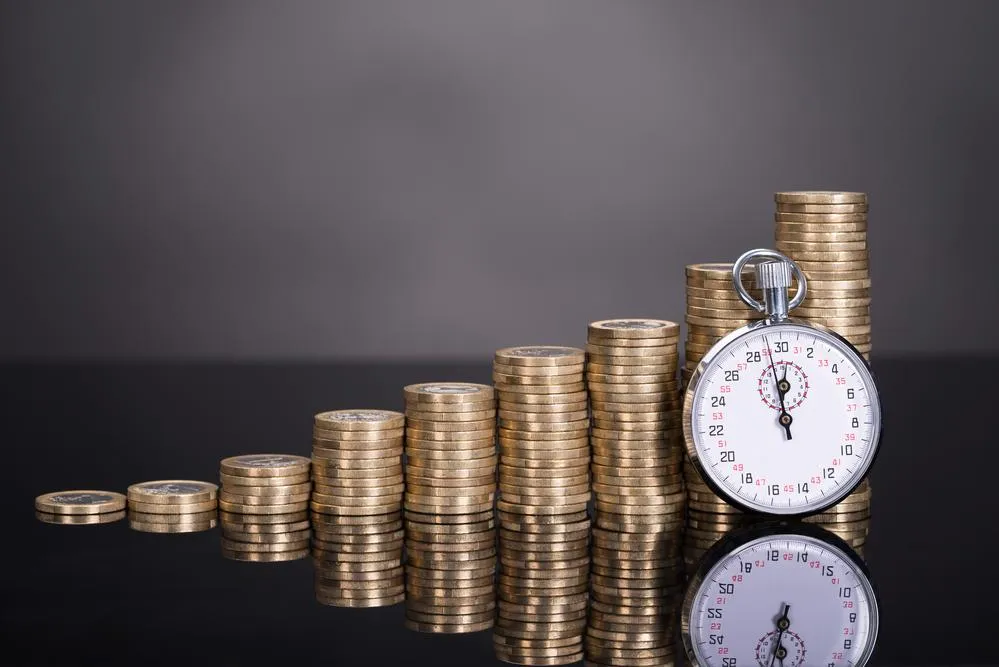info@exitthefamilybusiness.com

978-369-4800
Articles
Recurring Revenue Models
What do they mean to you?
By Rick McDonald

When I am asked by a business owner who has had his business for years, What’s the biggest issue in improving the value of the company when contemplating a sale?, I typically respond: “Become Operationally Irrelevant”.
Go from tactical technician to a Strategic manager in the firm. No one wants to buy you if the 'you' in “You” doesn’t show up for work the week after the sale.
Secondly, write up and share Standard Operating Procedures, or SOPs. You want clarity in what is expected of staff, especially key employees, and you want them to strive for efficiency.
Moreover, should someone leave, either due to their decision or otherwise, you have a process in which to replace them. With a lot less turmoil than otherwise. And in the case of a transition, employee turnover can be expected.
But while these two steps are obvious, one of the most powerful “Value Creators” is the Subscription or Recurring revenue model.
Simply put, recurring revenue is more valuable than one-time sales. And to investors or an acquirer, that means the value of the company is much more valuable if a dollar of sales is a result of recurring revenue as opposed to a dollar of one-time sales.
Even Wall Street recognizes the value of the subscription, or recurring revenue, over traditional sales.
When Microsoft leapfrogged past Apple in valuation in December of 2018, it was due to the premium on Microsoft’s sales, not total revenue. Every 2 years, investors fret over “new sales’ figures for the iPhone, while Microsoft continues to rack up revenue from it’s Office 365 franchise and app revenue tied to the internet.
Despite Apple’s user base of 1 Billion plus iPhones, shareholders hold their breath every year about the next device. Investors now recognize the new model as being far less risky, far more predictable than traditional sales models. And that translates from big business to small. Perhaps even more so in smaller businesses with the potential for greater price and sales volatility.
Let’s look at the Apple example. The market values Microsoft at $23 for every dollar of profit it generates, while Apple is somewhere around 13 times profit. This math illustrates how much more value is created with a dollar of subscription income versus traditional sales.
So the question becomes how do you transform yourself. Gee, that sounds pretty tough… Well, not really. Let’s say I am Apple’s board. And I look at my efforts of trying to get my installed user base to replace, on average, the $793 iPhone every 24 -30 months (currently, it is averaging every 26 months, according to UBS). And so every 24 months, investors hold their breath, the stock rocks back and forth, all in the hopes of seeing if consumers will shell out close to $1,000 for a new phone.
Meanwhile, Goldman Sachs has already floated the notion of an “Apple Prime” program priced at about $40/month, consisting of Apple Music, iCloud storage, Apple warranties and such.
What if Apple converted its business model to a new model: charge $33/mo for the iPhone, giving customers the ability to upgrade their phone every 34 months, and, perhaps, even bundle the “apple Prime” package into the deal at not $30/mo, but something like $15/mo, for an all-in monthly subscription of $48 month, where you have warranties, tailor-made apps you get to choose, such as music (watch out Spotify!), iCloud storage issues solved, and get upgrades every 2 years?
This is estimated to be revenue-neutral to successful year over year iPhone sales, but now apply a new multiple to the revenue, and the value of Apple would skyrocket overnight! Customers would be happy. Investors would be ecstatic, and Steve Jobs’ goal of integrating the software with hardware would be realized…
So back to the mid to small business owner. The value of a dollar of traditional sales is 70%. The value of a recurring revenue dollar is 200%.
That is almost a 300% difference in value. From a buyer’s position, this is about reducing risk.
What a buyer is concerned about is how comfortable are that the EBITDA they are acquiring will still be there after the owner/founder has departed. This risk factor is a key element in determining the multiple the buyer will be willing to pay for the expected earnings you, the owner, are saying the buyer will enjoy.
Simply put, if we offer EBITDA that is being generated substantially through subscription revenue models, all that needs to be looked at is the historical churn factor (that drop off rate from subscribers). Keeping customers happy reduces churn, which in turn creates a much greater comfort level that what the buyer is buying will be there in the future, and that, in the end, produces a higher multiple.
Earn $1,500,000 in EBITDA with a multiple of 4, and you may be worth $6,000,000.
Have EBITDA in large part be derived through a subscription model, where the buyer can be more comfortable in the recurring revenue, this recurring EBITDA being $1,500,000 and you may deserve a 5 or 6 multiple, meaning the same company could be worth $7,500,000 to $9,000,000 with the same revenue… A very big difference.
If you want to learn about increasing your EBITDA, start by taking our Saleability Survey.
How It Works
It's time to face the truth. If you don't plan your exit correctly, you could end up working until you die. Your journey to a successful sale and increasing the value of your business by 30-50% starts with taking our Exit Valuation Survey. This tells us exactly where you are now, the exact performance of your business, and what you need to do to improve. You can access your buyer Risk Report and speak to our analyst team on a complimentary call to discuss your results, increasing value and exit options.

TAKE THE SURVEY
Discover how your business scores in
the 7 key drivers of valuation

ACCESS RESULTS & ANALYST
Understand the risks a buyer sees
when valuing your specific business

INCREASE BUSINESS VALUE
Implement the "7 Pillars Of Value Creation" and increase your business value
*The Lower Middle Market is comprised of businesses worth $5-$30 million, typically having EBITDA of $1 million - $4 million.
The 7 Pillars of Value Creation is our name for our work as Business brokerage services and related consulting pertaining to business sales, mergers, acquisitions and business valuation. Exit The Family Business the downloadable guide and any accompanying assets or affiliates are provided for informational and educational purposes only. It is not intended to provide tax, accounting or legal advice, nor is it an offer or solicitation to buy or sell, an endorsement or sponsorship of any company, security or fund. Certain owners, officers or affiliates may be associated with investment firms and may make referrals from time to time for such services, but this does not constitute investment advice, nor should it be construed as Exit The Family Business being in that business. We always suggest you seek professional advice. Past results are not a guarantee of future results.

